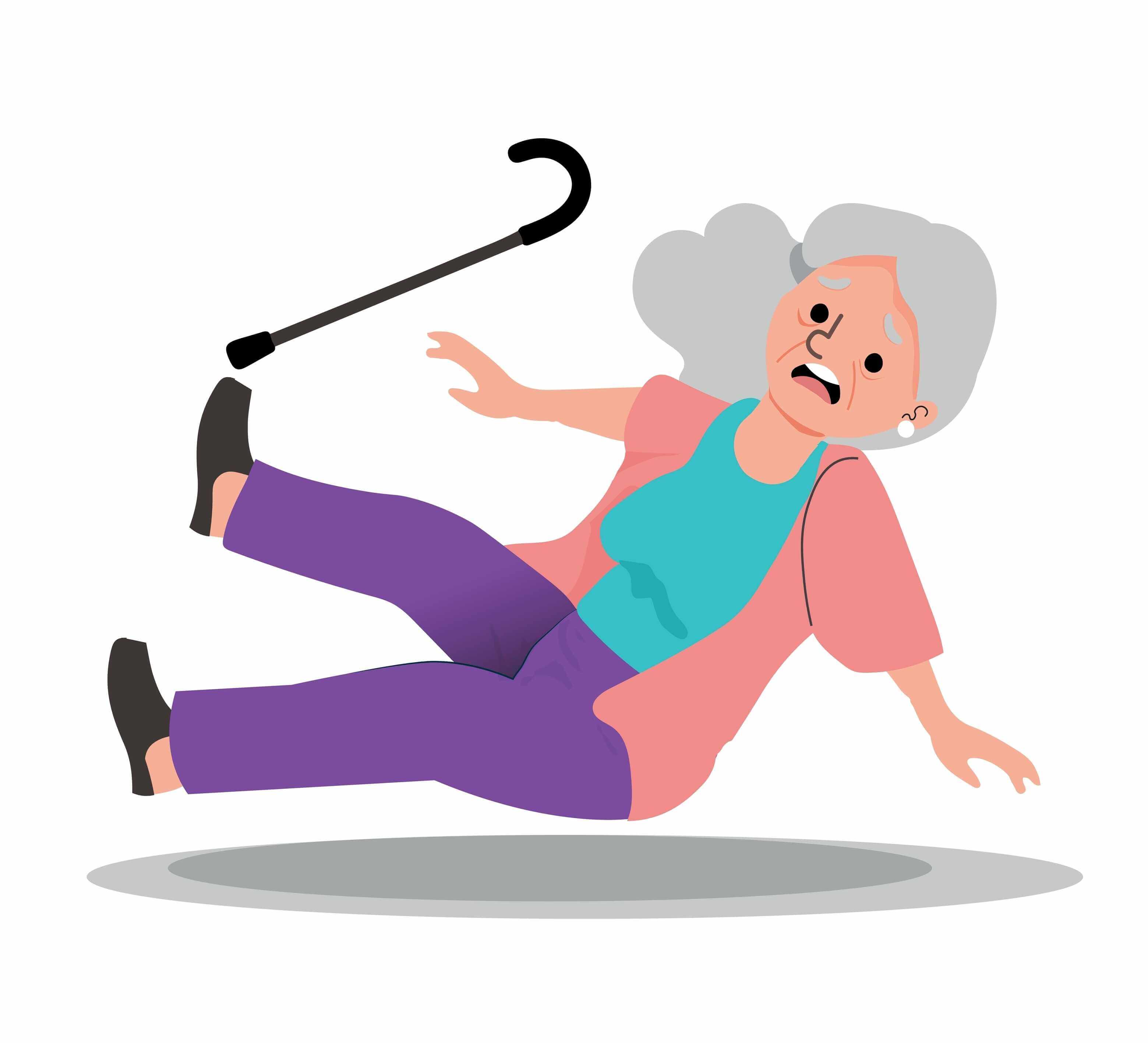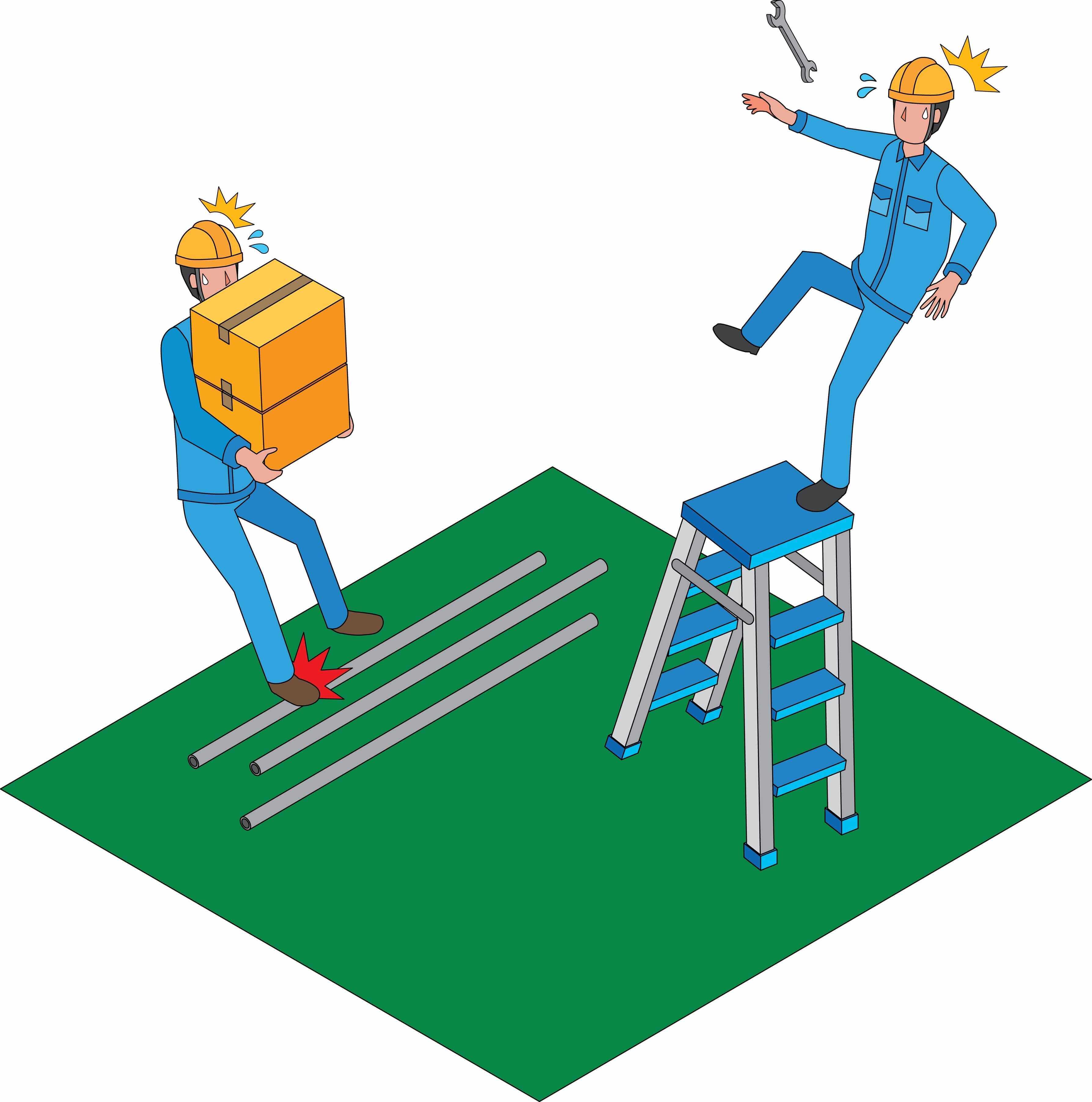Mathematics, Vol. 13, Pages 516: Effectiveness Of Peer Intervention On Older Adults’ Physical Activity Time Series Using Smoothing Spline Anova

Mathematics, Vol. 13, Pages 516: Effectiveness of PEER Intervention on Older Adults’ Physical Activity Time Series Using Smoothing Spline ANOVA
Mathematics doi: 10.3390/math13030516
Authors: Yi Liu Chang Liu Liqiang Ni Wei Zhang Chen Chen Janet Lopez Hao Zheng Ladda Thiamwong Rui Xie
Falls are a major cause of injury among older adults. The Physio-fEedback Exercise pRogram (PEER) combines physio-feedback, cognitive reframing, and guided exercises to reduce fall risk. However, its impact on physical activity (PA) over time is underexplored. Functional time-series analysis offers insight into behavior patterns and sustainability. This preliminary study assessed PEER’s effectiveness in improving PA levels immediately and over time. A total of 64 community-dwelling older adults were cluster-randomized into PEER (N=33) or control groups (N=31). Participants wore Fitbit trackers, generating time-series data on activity. The PEER group completed an 8-week program, while the control group received CDC fall prevention pamphlets. PA data were analyzed using smoothing spline analysis of variance (SSANOVA), chosen for its flexibility in modeling complex, non-linear relationships in time-series data and its ability to handle skewed distributions and repeated measures. Unlike traditional parametric models, SSANOVA decomposes temporal trends into interpretable components, capturing both smooth trends and abrupt changes, such as those occurring on group workout days. This capability ensures robust and nuanced analysis of intervention effects. Results showed PEER participants significantly increased evenly and had very active minutes and reduced sedentary behavior during the intervention. No significant effect was found for light active minutes. Specifically, during the intervention period, PEER participants engaged in an average of 6.7% fewer sedentary minutes per day, 13.8% additional fairly active minutes per day, and 2.8% additional very active minutes per day compared to the control group. While the reduction in sedentary minutes and increase in fairly active minutes were not statistically significant, the increase in very active minutes was significant. However, our functional time-series analysis revealed these improvements diminished over the 15-week follow-up, indicating challenges in maintaining PA. In conclusion, PEER boosts PA and reduces sedentary behavior short-term, but strategies are needed to sustain these benefits. In conclusion, PEER boosts PA and reduces sedentary behavior short-term, but strategies are needed to sustain these benefits. Public health policies should emphasize technology-driven fall risk assessments, community-based prevention programs, and initiatives that promote physical activity, home safety, and chronic condition management.


